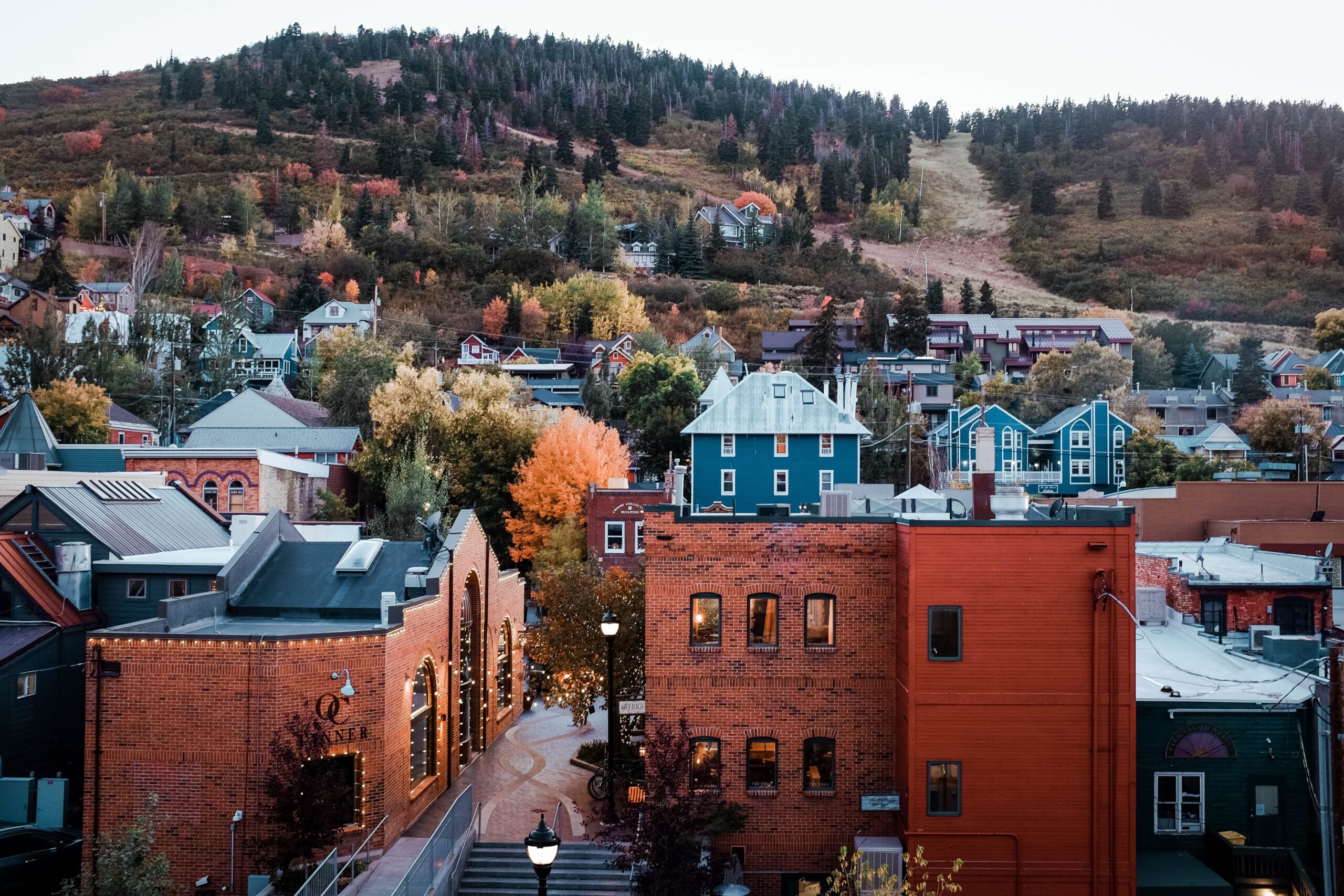Practicing for Disasters: Here’s How One Ski Town Prepared for the Worst.

Park City, Utah, is setting an example of how a community can come together to prepare for disasters.
Photo: Olivia Hutcherson / Unsplash
The effects of Hurricane Ian will be felt for years to come. The devastation has left Fort Myers and surrounding areas unrecognizable. It is hard to deny that the frequency and severity of not only hurricanes, but all natural catastrophes is increasing.
From an insurance standpoint, costs are going up for both homeowners and commercial buyers. More carriers are abandoning risk-prone markets like Florida, Louisiana and California, leaving only state pools to absorb the excess risk. The concept of community-based catastrophe insurance aims to incentivize proactive preparedness, fill coverage gaps and encourage carriers to view these vulnerable communities as more resilient and better risks.
In 2021, natural catastrophes resulted in a total global economic loss of $270 billion, of which $111 billion were insured. When losses occur without risk transfer (insurance of some sort) in place, this debt falls to the public sector. The United States alone, for the first time, just crossed the threshold of national debt exceeding $31 trillion. With increasing rates, the incremental interest on this debt continues to grow as well.
So, what do we do with increasing premiums, evaporating insurance and reinsurance capacity and ever-intensifying storms? Mother nature is always in charge. But we can do things to hinder her wrath that will hopefully also assist in increasing financial options.
Carry Out a Disaster Drill
A ski town in Utah is setting an example of how a community can come together to prepare. Last month, Park City hosted a full-scale disaster drill with collaboration through the municipal government, stakeholders and other public safety organizations including the Park City Police Department, Utah Highway Patrol and the Park City Fire Department.
Residents received a text, via the emergency hotline, that an earthquake had struck nearby. Further, due to fallout from the quake, there was now also a risk of wildfire. The scenario included hospitals being inundated, water services disrupted and roads and major interstates shut down. The residents arrived to a central “safe zone” to await further instruction from local leaders.
Everything from a disaster press conference, to actors as injured victims, traffic jams and a bus collision were portrayed during the drill — real scenarios that could happen during an emergency and stifle citizens ability evacuate. Residents were only allowed to bring a handful of personal items. This element of natural catastrophes increases loss of life. People at times do not heed warning signals as they do not want to leave their belongings. This can put them in harm’s way, as well as risk the lives of first responders.
Have Emergency Supplies
A discussion around citizens having personal emergency supplies also was brought to the forefront. During a disaster, resources are limited. Everything from bottled water, to first-aid kits, to flashlights are in high demand and generally, there are not enough for the public. A proper, full supply pack that is readily accessible on the way out the door could make the difference in having the items you truly need that will keep you alive.
Christian Schauf is the founder of Uncharted Supply, a company specializing in preparedness. “The problem with emergencies is that they often don’t give prior warning. An individual’s ability to quickly move to a safe location, with adequate supplies, is often the difference between life and death” Schauf says. “Similar to how you don’t want to check if you have auto insurance after a crash, you don’t want a disaster to strike and then be wishing you had better prepared.”
There is no silver bullet for minimizing loss of life and property during a disaster. But there are numerous components that go into this equation. Preparedness, such a this drill, is something all communities, with proper coordination, preparation and community engagement can band together to facilitate.
The goal is that insurance capacity will follow this trend. If communities have evacuation plans in place, if home and businesses have undergone property hardening, those communities have a stronger chance of staying intact during a catastrophe.





